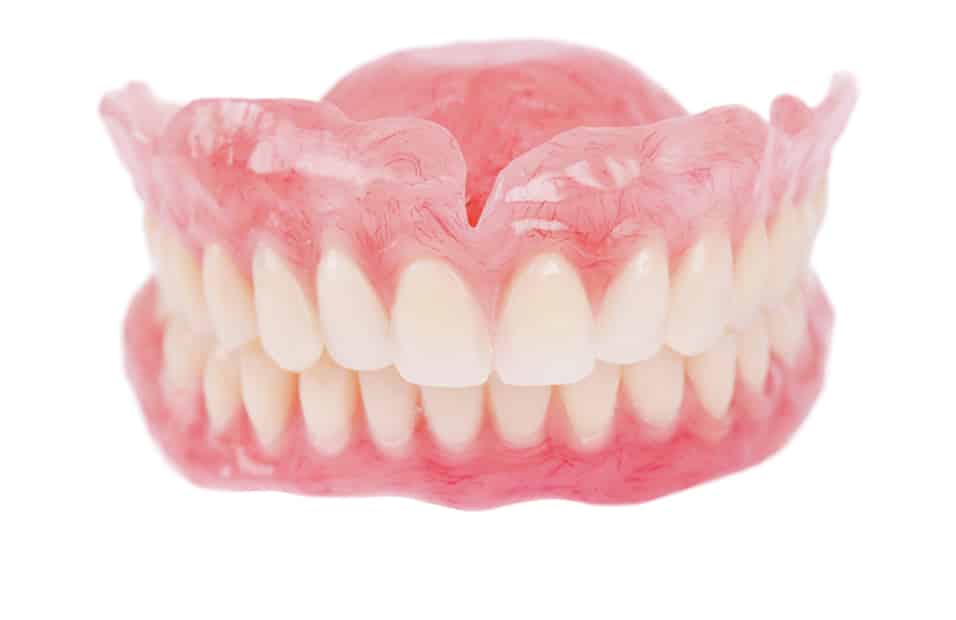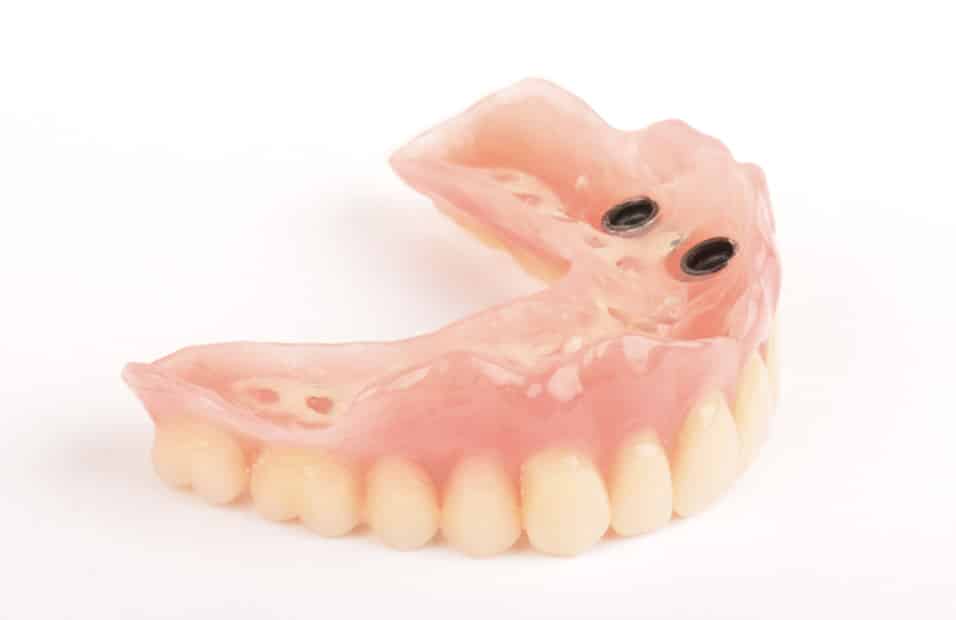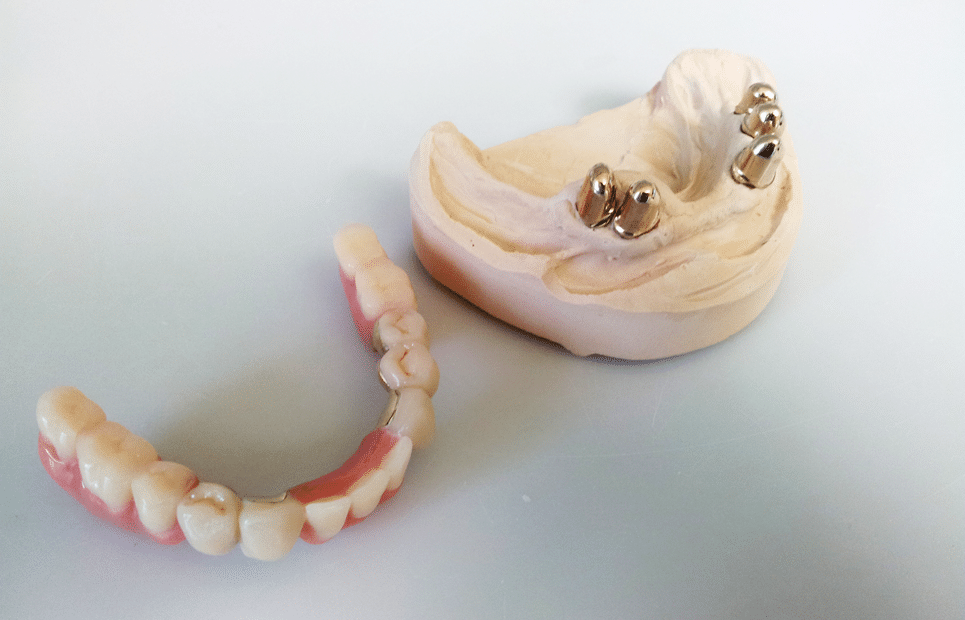Complete Denture: Solution for Full Tooth Loss
In cases of full tooth loss, a removable denture is the simplest and most common solution. The denture rests on the edentulous jaw’s mucosa and adheres to it, but it may shift slightly during eating or speaking, as there is no stable fixation. Upper jaw dentures are generally more stable due to the shape of the bone, while lower jaw dentures may fit less securely. In such cases, stability can be enhanced with denture adhesives or by using dental implants, which can fix the denture in place and, in some cases, allow for a fully fixed restoration. These modern solutions provide our patients with comfort, stability, and reliable long-term results.
Implant-Supported Denture: Stability, Aesthetics, and Comfort
The widespread use of dental implants has opened new possibilities for both patients and dentists. In cases of full tooth loss, one of the best solutions is the placement of three implants (lower jaw) or four implants (upper jaw), followed by a removable denture anchored to the implants. Advantages of implant-supported removable dentures: Cost-effective solution: relatively lower cost due to the limited number of implants. Easy maintenance: being removable, the denture can be cleaned and maintained with ease. Outstanding aesthetics: the teeth and gum can be realistically modeled in the dental laboratory, resulting in a harmonious and natural appearance. This combined solution provides patients with stability, comfort, and a natural look while retaining the benefits of a traditional removable denture.
Partial Denture: Stability and Comfort for Missing Teeth
When more teeth are missing than would allow for a fixed bridge, but the remaining teeth are stable, they can be used to anchor a removable partial denture. The combined denture consists of two parts: Fixed part: made on the remaining teeth (bridge, crown) and stays firmly in place. Removable part: connects to the fixed part via a precision attachment, providing stability in the mouth and allowing for proper chewing, speaking, and smiling. There are several precision solutions, and the most suitable option is chosen based on the location of the remaining teeth. Patients are clearly informed why the selected solution is optimal for their specific situation. As an alternative, if bone quantity and quality are sufficient, implant-supported bridges can be used, providing a stable, non-removable restoration. This solution combines stability, functionality, and aesthetics, ensuring comfort and confidence for our patients every day.



